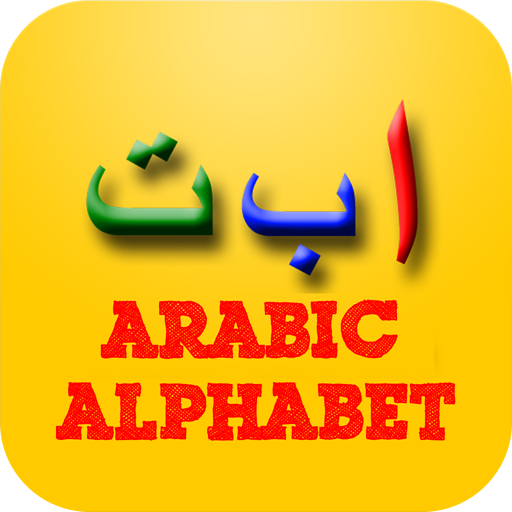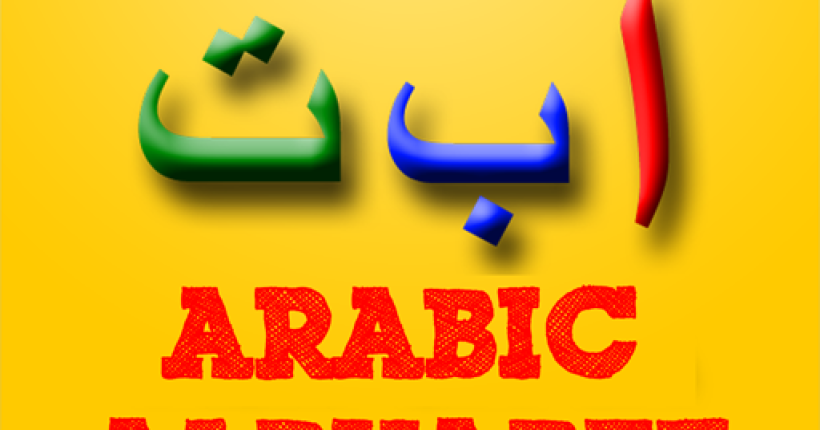With the best Arabic writing app learning Arabic becomes so easy. There’s something magical in the Arabic script. With its flowing curves, beautiful structure, and deep cultural heritage, it’s a script that has fascinated students for centuries. But the acquisition of Arabic writing can be an intimidating hill to undertake.
Unlike speaking or listening, which most apps target, writing requires a different set of skills altogether: acquiring the alphabet, letter formation, utilizing proper grammar, and finally writing fluently.
This is where the gap exists. Although there are dozens of speaking and vocabulary practice apps, few focus on developing good Arabic writing proficiency. For serious Arabic learners who want to learn Arabic whatever the motive for such research may be, communication or enrichment, availability of right tools becomes supreme.
That’s precisely the purpose of this guide. We’ll go over the best Arabic writing app at various levels of your writing journey. By the time you reach the end, you’ll have a solid plan for which apps to use, when, and how to combine them after you get to know the letters so that you can make Arabic writing second nature.
Foundational Apps: The A-Z of Arabic Letters
When you are beginning to write in Arabic, the most important thing to become familiar with is its alphabet. Arabic is written from right to left, which, despite being the opposite of English, presents prints an extra burden in that letters change whether they appear at the beginning, middle, or end of a word. So, you will want best Arabic writing app that helps you understand letters, their common features, and how letters are connected in Arabic.
Here are the best apps to begin with Arabic writing:
Write It! Arabic
One of our favorite first apps, Write It! Arabic makes use of handwriting recognition technology to guide you through tracing letters onto your screen. The app gives you real-time feedback so you are making each stroke properly.
Its gamification strategy makes practice a game, motivating learners without making them feel repetitive, while building muscle memory, a core component of learning to write gracefully.
Drops (Scripts)
For visual learners, Drops (Scripts) is a great choice. The app is simple and uses colorful visuals to teach letters in short, bite-sized sessions. Each lesson lasts just five minutes, which is ideal for busy learners who want to build consistency without becoming overwhelmed.
Over time, not only will you identify letter shapes, but you will also create a meaningful connection between how letters look and sound.
AlifBee
For step-by-step formal learners, AlifBee is perhaps one of the best Arabic writing apps. It starts with the alphabet, and then gradually embeds letters, words, sentences, and even short texts. The gradual build up makes it ideal not only for complete beginners but also for learners who want to go from letters to writing skills.
Takeaway: These apps allow you to gain the fundamentals of writing Arabic. You need to first be familiar with the alphabet, letter shape, and right-to-left flow of the Arabic script before you are able to do sentences or essays.
Through practice and even just 10- 15 minutes a day, these apps can turn the intimidating Arabic script into daily routine and play.
The Best Apps for Grammar & Sentence Structure
Once you’ve mastered the alphabet, the second challenge is to take those letters and turn them into correct sentences. It’s where most students, having learned the vocabulary but not quite understanding grammar, syntax, and correct sentence formation.
The good news? There are a multitude of apps that can guide you through these complex areas and polish your writing.
Qalam (AI Assistant)
Qalam is an excellent choice for students wanting the best Arabic writing app and a reliable writing friend. Qalam is an AI-powered proofreading tool that checks your writing for grammatical, spelling, and punctuation errors.
The best feature is Tashkeel (diacritics) support, which assists in adding the short vowels that are usually left out in informal Arabic writing. Tashkeel is helpful for anyone whose first language isn’t Arabic and who must use the diacritics to read properly and cognitively understand whatever it is that they are reading.
Qalam does not just work as a good spelling and grammar correction tool, it will explain what you did wrong so it will be an actual learning tool rather than just a grammar checker.
Lisan
Just like Qalam, Lisan concentrates on AI-based proofreading but goes a step further by providing style and tone recommendations. This makes it ideal for students who are writing professional or academic English using Arabic. Whether writing an email, essay, or formal letter, Lisan makes your writing clear, polished, and native-sounding.
italki (Community Writing Feature)
Sometimes, nothing beats human feedback. That’s where italki comes in. While we mostly know it as a language exchange and tutoring site, its community section allows you to upload writing samples and get them corrected by native Arabic speakers themselves.
This kind of interaction not only improves correctness but also helps you learn natural phrasing and everyday expressions that AI might miss.
Takeaway: These apps are necessary whether you’re ready to progress beyond basic letters and begin writing proper, cited, well-formatted sentences. They enable you to be brave enough to write without overthinking every grammar rule and also learn to solidify your style and tone.
Apps for Vocabulary & Writing Fluency
With an understanding of basic letters and grammar, your next step in searching for the best Arabic writing app is to learn the words and learn to use them on the fly in writing. The deeper your vocabulary is, the more articulate and fluent your writing will be. These apps help you to develop vocabulary and read new words in context.
Memrise
Memrise is probably the most effective vocabulary app. By means of flashcards and spaced repetition technology (SRS), it ensures that you don’t just memorize words temporarily but actually retain them in the long run.
Most of its lessons also include native speaker audio, which helps reinforce the correct pronunciation and strengthen the connection between speech and writing Arabic.
LingQ
If you prefer to be more submerged, LingQ is ideal. It allows you to read actual Arabic content, news articles, short fiction, and turn any unfamiliar word into a click-able flashcard.
Not only will this interactive reading expand your vocabulary, but it also shows you how words are used in actual situations. The more practice you have, the more confident you’ll be in building sentences from actual usage.
Glossika
For fluency learners, Glossika has a unique sentence-focused learning system. Instead of learning vocabulary lists in isolation, it will teach you to actually learn words as they relate to sentences and phrases, the way you would do with native speakers.
Through the repetition of patterns, you eventually start to absorb native grammar and rhythm, and your writing becomes more fluid. This is especially helpful for learners who struggle with word order or constructing sentences.
Takeaway: Vocabulary isn’t simply about learning separate words, it’s about learning to use words correctly in writing. The best Arabic writing app have you go beyond memorizing by practicing deploying new words in writing real sentences, producing more fluid, natural, and more expressive Arabic writing.
FAQs
How do I improve my Arabic handwriting best?
Practice regularly. Apps like Write It! Arabic guide your movements, while tracing sheets and 15 minutes a day practice embeds muscle memory.
How do you write Arabic with vowels?
Arabic vowels or Harakaat (diacritics) are not typically written in native script. Programs like Qalam or special Arabic keyboards automatically add them for learners.
Is Duolingo good for learning Arabic writing?
Duolingo is a fun start to the learning of letters and words. But in terms of actual handwriting and grammar, it serves best alongside dedicated writing apps.
Is it hard to learn Arabic writing?
Yes, it may feel so at first, but Arabic writing is phonetic and logical. With correct resources and practice, students easily adapt to its right-to-left orientation.
If you want to move beyond self-study and using the best Arabic writing app, guided learning can really get you there even faster. This is why so many learners choose the Tareequl Jannah Arabic Courses. With defined lessons, qualified teachers, and personalized guidance, you will transition from tracing letters to writing in Arabic confidently for academic, professional, or personal purposes.
Take the first step today. You can combine the best apps with a respected course, and you will soon write Arabic beautifully and fluidly.


